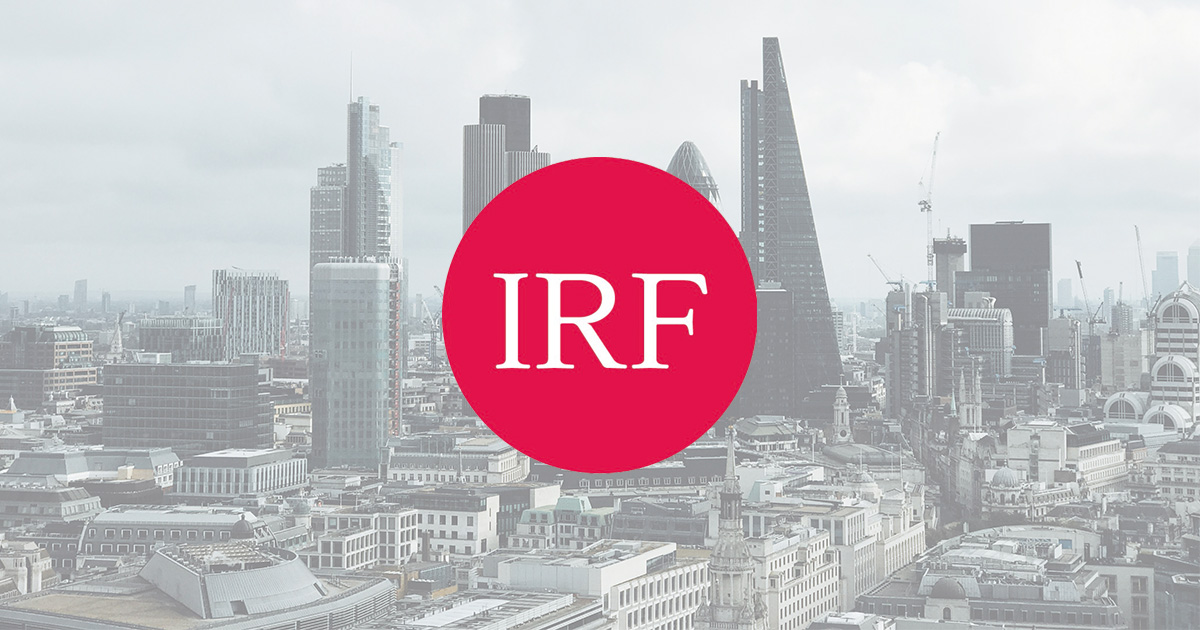The Global Economic Outlook post Covid
Suttle Economics
Tue 19 May 2020 - 15:00
Summary
Phil outlined his recovery phase scenario; a rolling recovery through Q3 that will show most prominently in Q3 growth data (for DM); Q2 and Q3 for China. V-shaped optimism will build, but then the DM level of activity in 20Q4 will remain well below 19Q4. Fiscal stimulus will help the H2 recovery, although the bias to transfers versus investment spending will limit multiplier effects. Labour market slack will remain significant in the United States. Rising credit concerns and bankruptcy in sectors faced with a new world (airline, oil, leisure) - think 2002-03. Political tensions will build and dampen business confidence: The US election will be close and very messy. President Trump is likely to become more protectionist and erratic heading through Q3. UK=EU Brexit progress limited to date; significant risks remain. EMU worries: The Recovery Fund; GCC & ECB; German elections in Autumn 2021. Increasing strains in indebted EM; rising tensions in pegs (especially Saudi Arabia). In the medium term the most optimistic outcome (after a short, sharp v-shaped recession) will be a learning process and a renewed respect for expert analysis and the role of science in decision-making. There could also be a greater acknowledgement of powerful externalities (i.e. global public health). This could promote greater global coordination in other key issues including climate change. Economic behaviour will become far more conservative. Global travel will be significantly lower for an uncertain period. The revealed lack of resilience in DM economic systems will lead to greater buffers - more inventory, more cash balances, less leverage (more equity/less debt). For the second time in just over a decade, there will be a huge shift in risk from private sector to public sector balance sheets. Unlike wartime debt surges, these increases in public debt are apt to persist, raising questions about their sustainability (sovereign debt and inflation concerns). The medium-term outlook for the DM pension sector looks very difficult. The virus could also spur increased nationalism and populism. Tight border controls may become permanent. Government control and direction of the economic system could be extended; central bank autonomy lost and directed credit the new norm. Possible make or break for EMU. The inability of European policy makers to pool risk could underline the infeasibility of EMU. Fragmentation from Eastern Europe (e.g. Hungary) likely to continue. China will be held accountable for being at the centre of the virus. Anti-China sentiment to spread, especially in the US (under either Party). On the other hand, the relative performance of China versus US could further narrow the power gap, raising tensions about imperial transition.
Topics
Scenarios for growth paths in 2020 and 2021 for the major parts of the global economy.
The outlook for economic policy - what to make of the surge in public debt.
The inflation outlook - should we be more worried about deflation or inflation?
